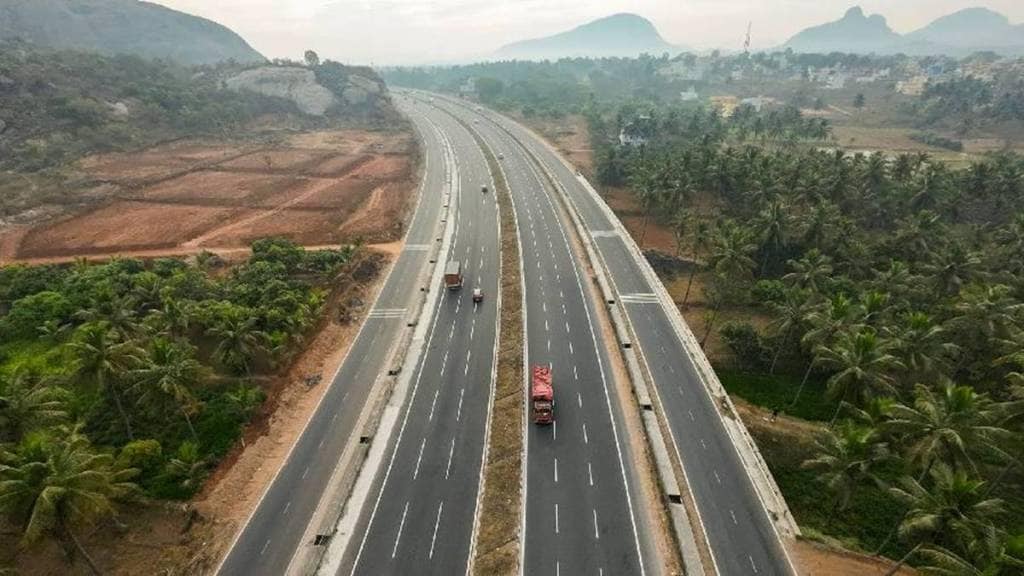Starting from August 1, the National Highways Authority of India (NHAI) has imposed a ban on the usage of two-wheelers, autos, tractors, non-motorised vehicles, multi-axle hydraulic trailer vehicles, and quadricycles on the Bengaluru-Mysuru expressway. This decision comes in response to an increase in the number of accidents reported on the expressway.
To address safety concerns and assess the situation, NHAI formed a committee of road safety experts to conduct safety inspections along the Bengaluru-Mysuru expressway. The notification issued by NHAI cited the potential risks posed to slower-moving vehicles, such as two-wheelers, three-wheelers, and non-motorised vehicles, by high-speed vehicles on the expressway.
What all are prohibited? Check the details
The order, enacted under the powers granted by The Control of National Highways (Land and Traffic) Act, 2002, prohibits certain classes of vehicles from using the Access Controlled Highway (NH-275) between Bengaluru and Mysuru. The prohibition includes motorbikes, scooters, three-wheelers, e-carts, e-rickshaws, non-motorised vehicles, tractors (with or without trailers), multi-axle hydraulic trailer vehicles and quadricycles.
Alternative routes
NHAI emphasised that alternative routes and roads are available for commuting these restricted classes of vehicles.
The Bengaluru-Mysuru Expressway, a 118 Km long project inaugurated by Prime Minister Narendra Modi in March, has been developed as a high-speed corridor with varying maximum speed limits for different types of motor vehicles. The NHAI has designed this Access Controlled Highway as a high-speed corridor, with maximum speed limits for motor vehicles of different types set at varying speeds up to 80 km/hour.
Costing Rs 8,480 crore, the project involves the six-laning of the Bengaluru-Nidaghatta-Mysuru section of NH-275 and is expected to foster socio-economic development in the region.


